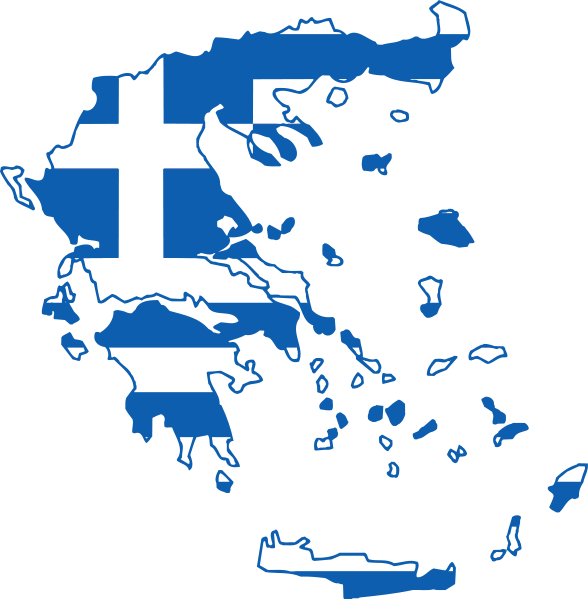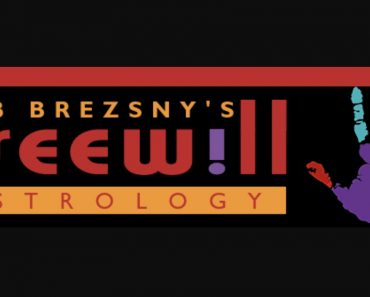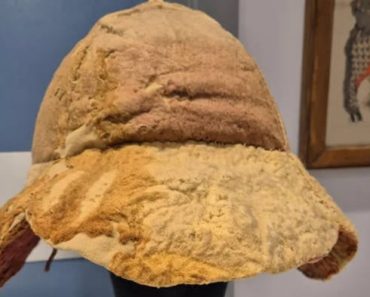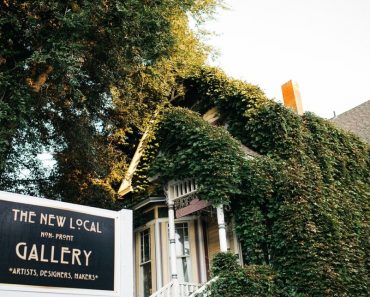Archaeologists working at the ancient Roman city of Heraclea Sintica in southwestern Bulgaria have uncovered compelling evidence that challenges our understanding of disability and social care in the Roman world. Six men who perished in a catastrophic 4th-century earthquake were discovered beneath collapsed ruins, their remains revealing both tragedy and compassion. Among the victims was a young man who likely suffered from Apert syndrome, a rare congenital disorder causing severe physical disability and requiring constant care from birth.
Heraclea Sintica once thrived along the Struma River due to its strategic location between major Roman cities. The forum, serving as the civic center, featured monumental buildings and essential water cisterns. During the late 4th century AD, a devastating earthquake struck – part of the “earthquake storm” that ravaged the eastern Mediterranean – causing the collapse of brick-vaulted cisterns that became the final resting place of six unfortunate souls.

Human skeletal remains in the southern cistern in Room V, southwestern part of the forum. (Russeva, V., & Manoilova, L., Journal of Archaeological Science)
A Frozen Moment in Disaster
Beneath the collapsed cistern, six meters below ground, archaeologists discovered five men lying among debris. A sixth skeleton was found at a higher level, possibly attempting rescue when the structure fell. The victims, aged 18-35, showed injuries consistent with instantaneous death from falling objects and impacts. Analysis by researchers from the Bulgarian Academy of Sciences and recently published in revealed they had fallen through the cistern vault, creating an archaeological snapshot of their final moments.
One victim, designated skeleton 2N, was positioned with his arm protectively across his torso, suggesting he briefly survived the initial fall. However, the most significant discovery emerged from detailed analysis of this same individual’s remains, which revealed clear evidence of Apert syndrome – an extremely rare genetic condition affecting skull development, facial structure, and potentially cognitive function.

Skeletal remains of earthquake victims discovered in collapsed cistern at Heraclea Sintica, Bulgaria. (Russeva & Manoilova/ Journal of Archaeological Science)
Evidence of Ancient Compassion
The young man with Apert syndrome exhibited a deformed skull, cleft palate, missing teeth, and facial asymmetry – features that would have caused severe feeding difficulties, breathing problems, and speech impairments. Most remarkably, despite these profound challenges, he lived to early adulthood, indicating extraordinary community support. In ancient societies where survival often depended on physical capability, his longevity suggests unprecedented social care.
Intriguingly, a second skull also displayed cleft palate, raising possibilities of familial relationships and genetic inheritance patterns. If confirmed through DNA testing, this would provide unique insights into both ancient medicine and family structures supporting disabled individuals in Roman society.
Challenging Ancient Assumptions
This discovery fundamentally challenges assumptions about Roman attitudes toward disability. Ancient definitions of disability centered on work capability, yet someone provided continuous care for this young man throughout his life. The economic burden would have been substantial, suggesting either elite family resources or community structures valuing human life regardless of productivity.
The pathological features would have been visually obvious, making the individual appear distinctly different, yet his presence in the forum area indicates social integration rather than exclusion. This represents rare archaeological evidence of inclusion and care for disabled individuals in the Roman world.
The earthquake that claimed these lives was part of devastating seismic events between the 4th-6th centuries AD. Heraclea Sintica never recovered, eventually abandoning the site after subsequent earthquakes. The victims were never retrieved, suggesting their location remained unknown, sealing them in this tragic moment for modern discovery.
Unlike comparable disaster sites focusing on collapsed buildings, Heraclea Sintica provides intensely human perspectives on ancient tragedy. The research team’s osteobiographical approach transforms bones into individuals with stories, avoiding mere casualty statistics. This discovery stands as testament to both natural disasters’ devastating power and enduring human compassion in the ancient world.
Top image: Skull 2N showing evidence of rare Apert syndrome. Source: Russeva, V., & Manoilova, L., Journal of Archaeological Science
By Gary Manners







